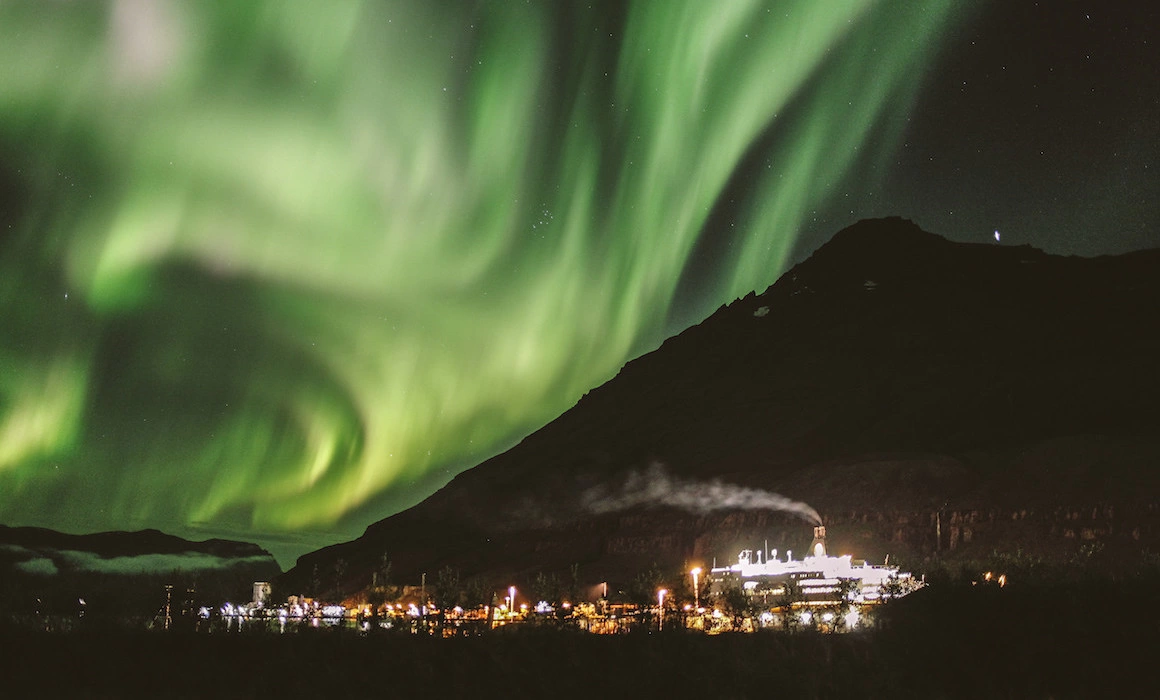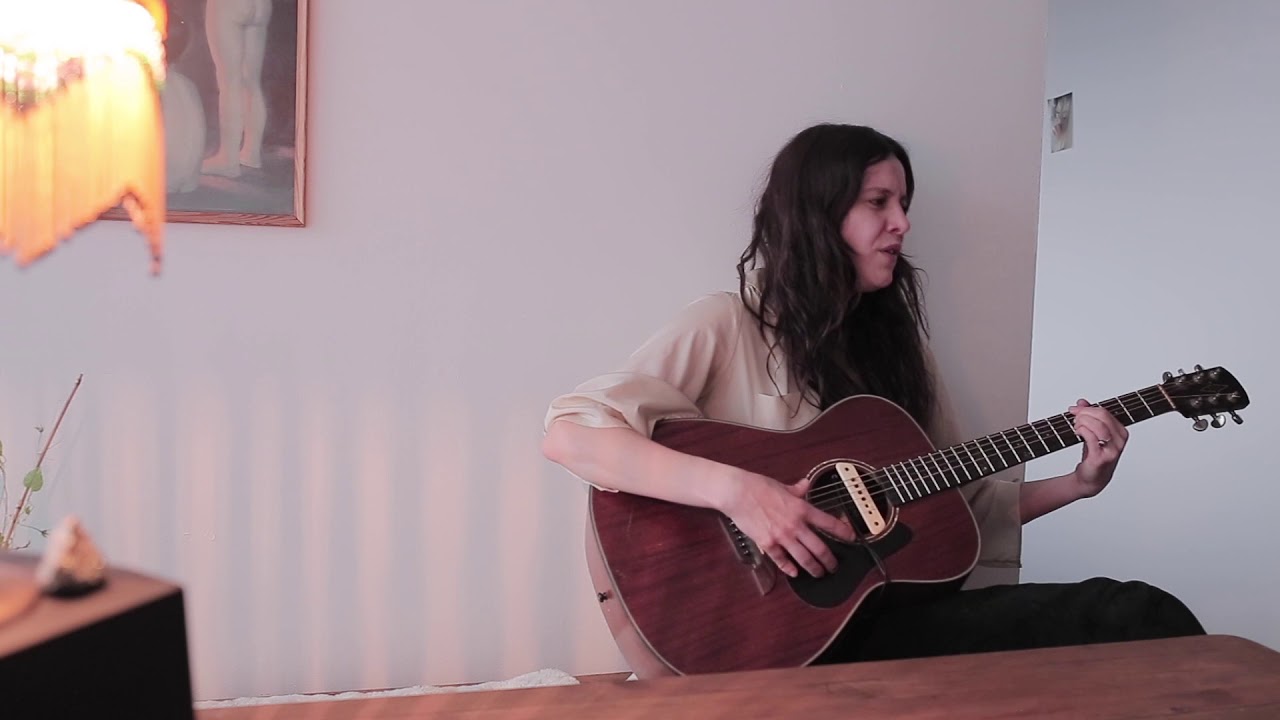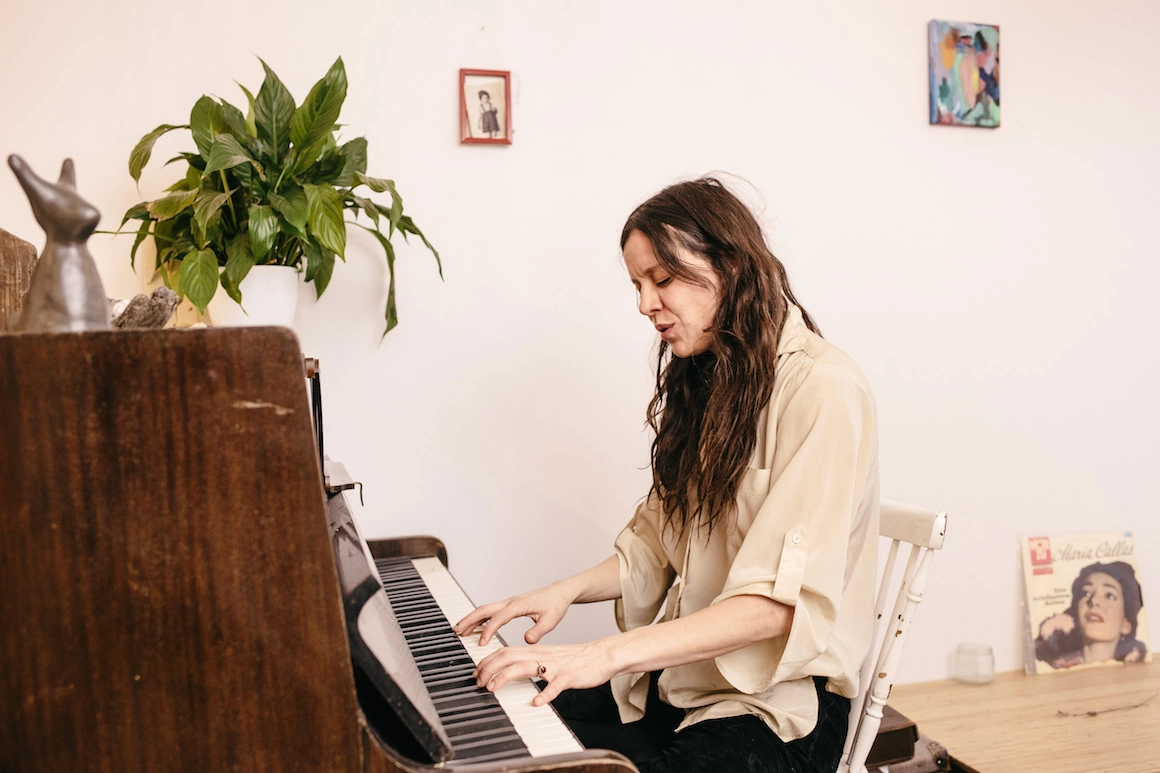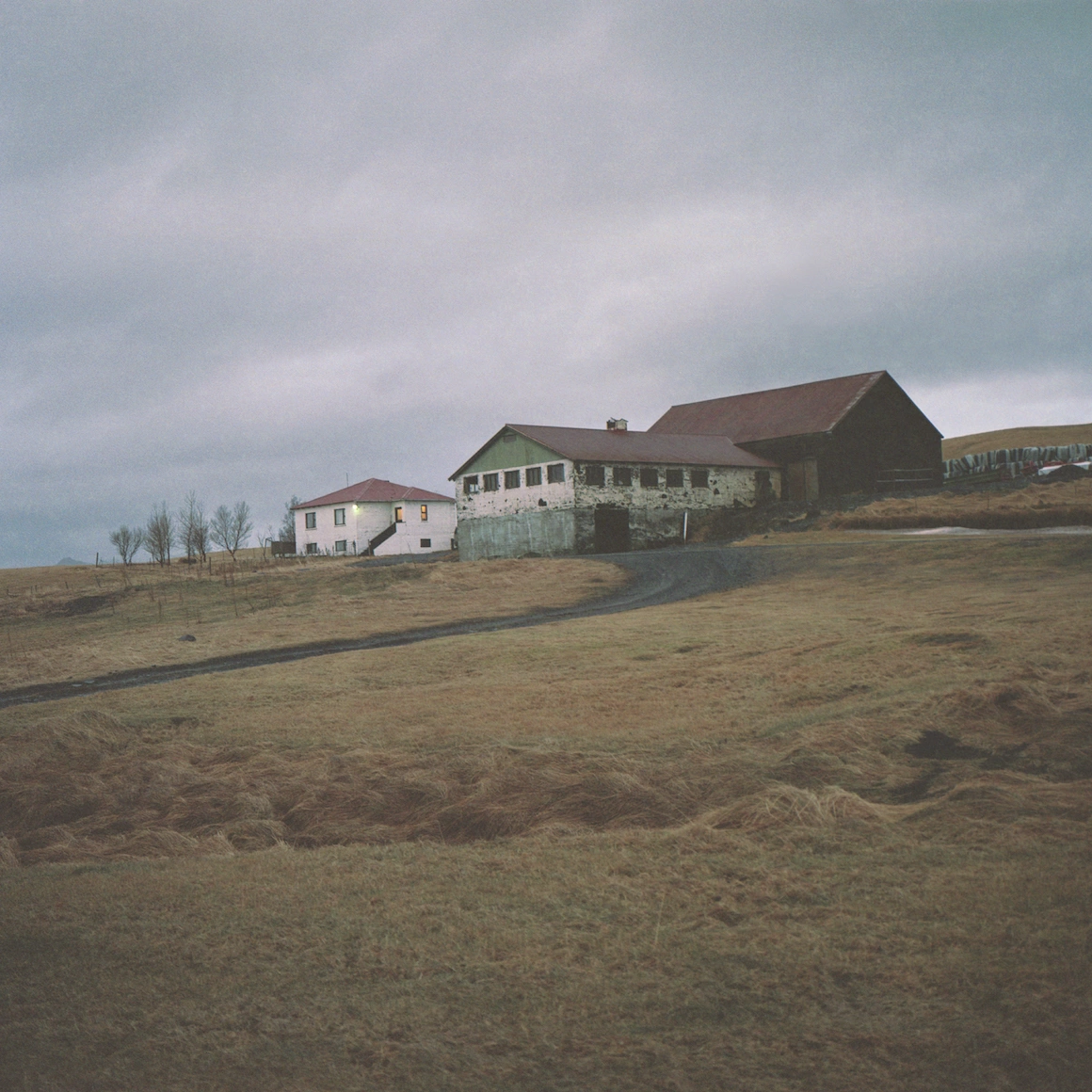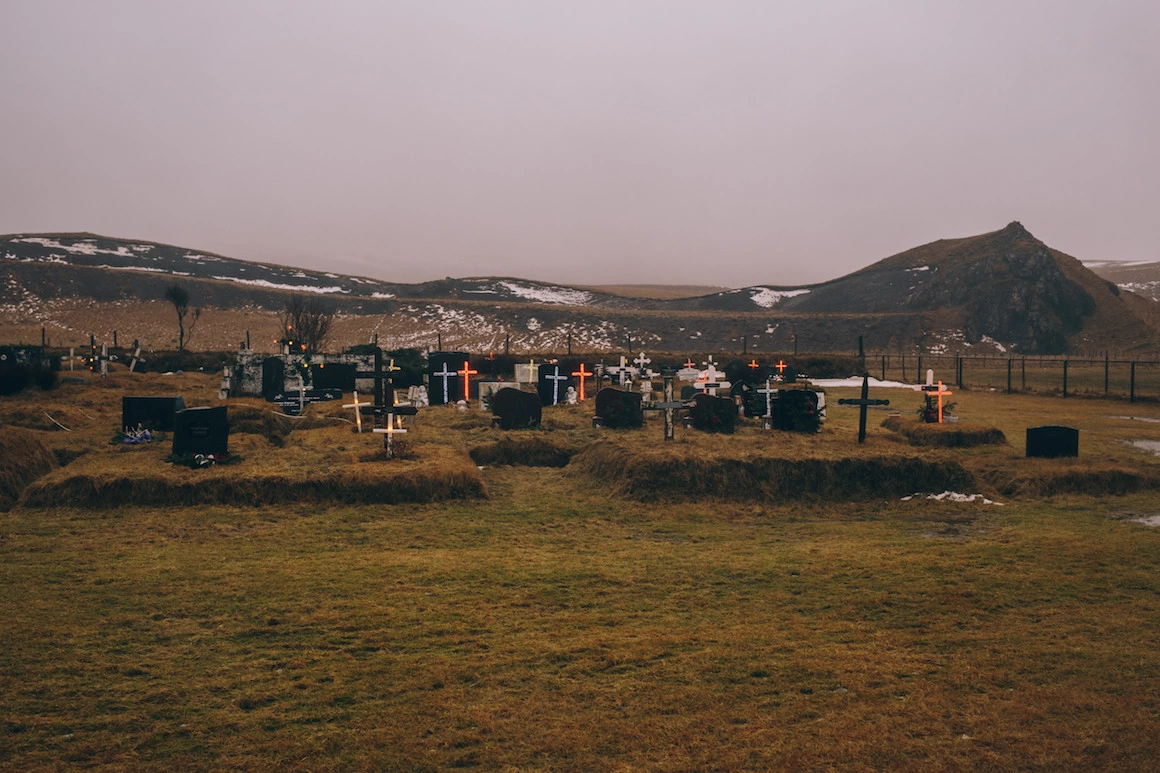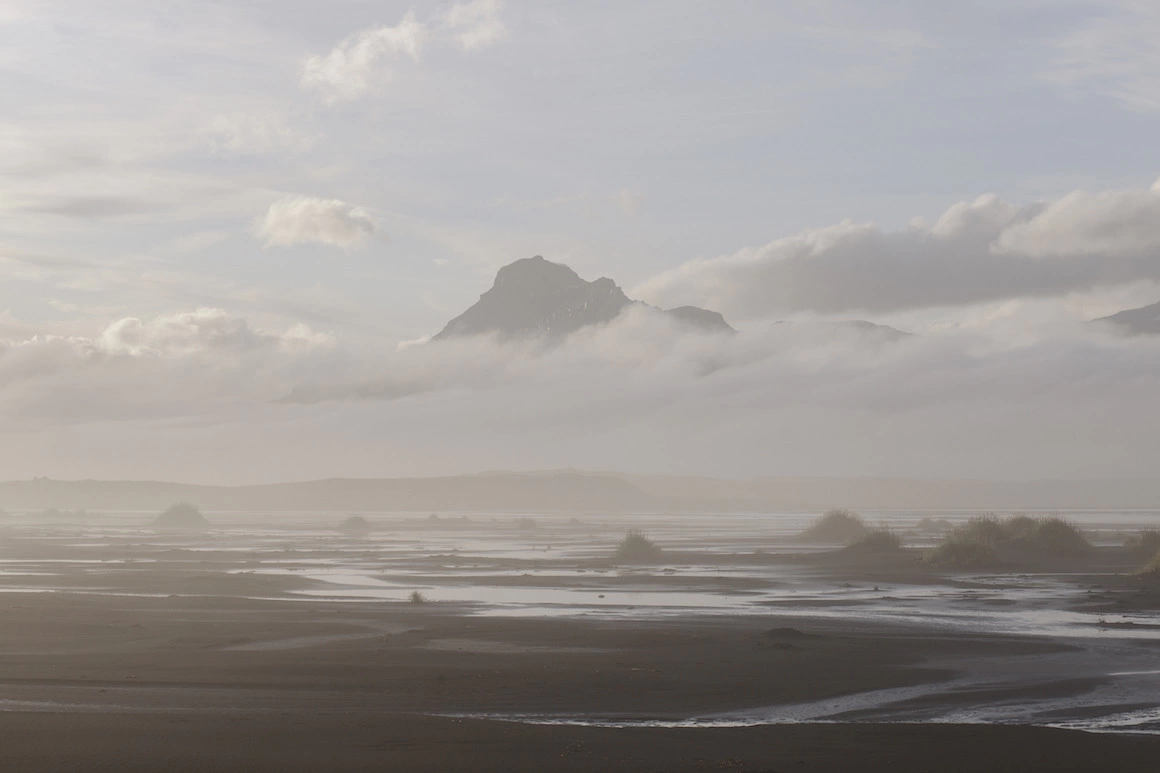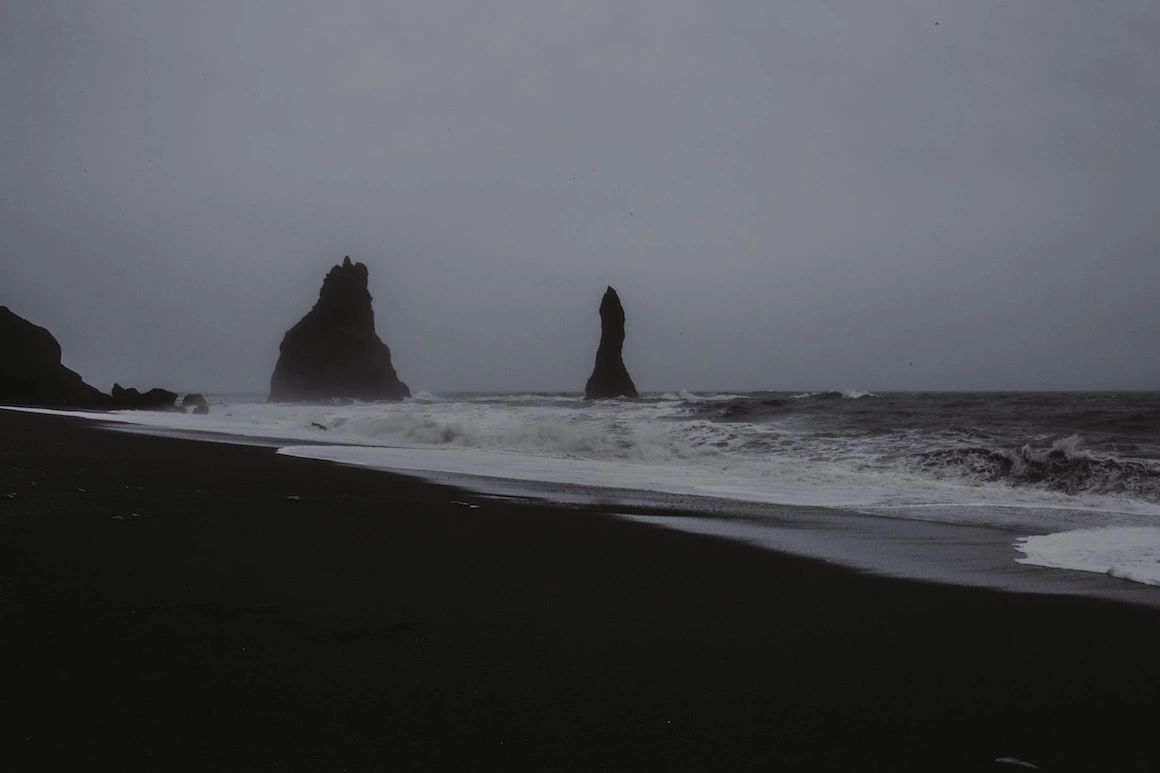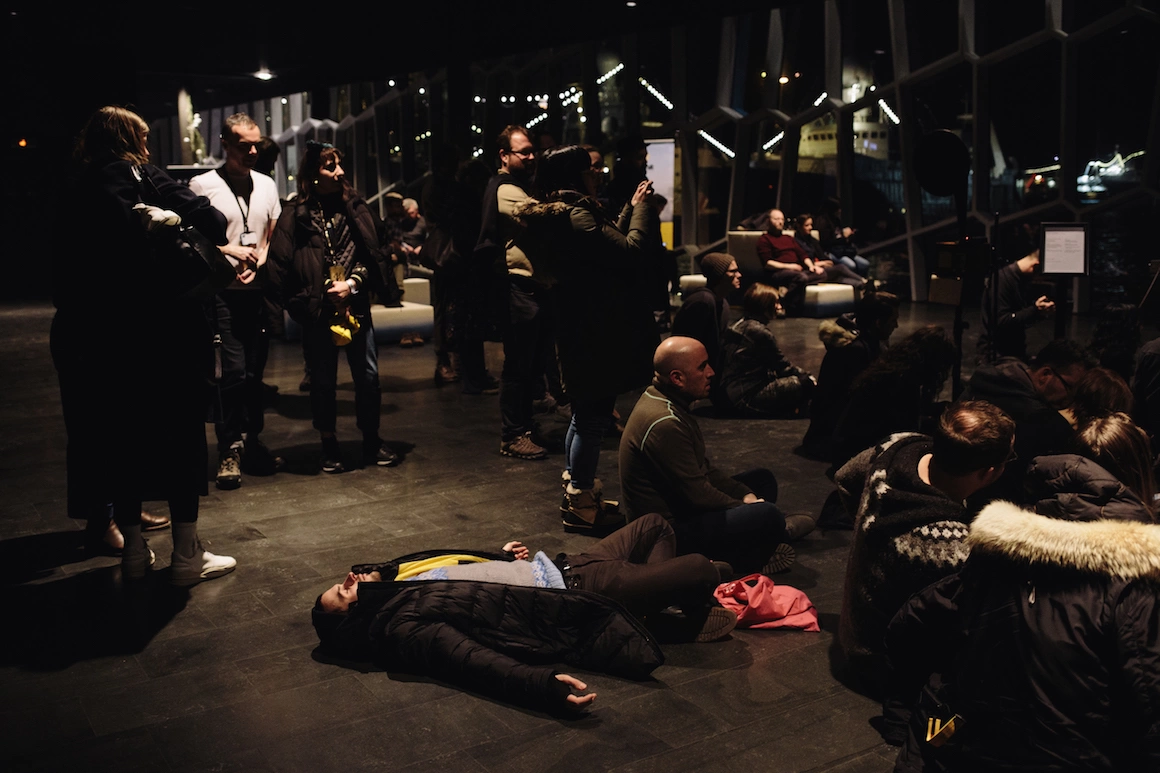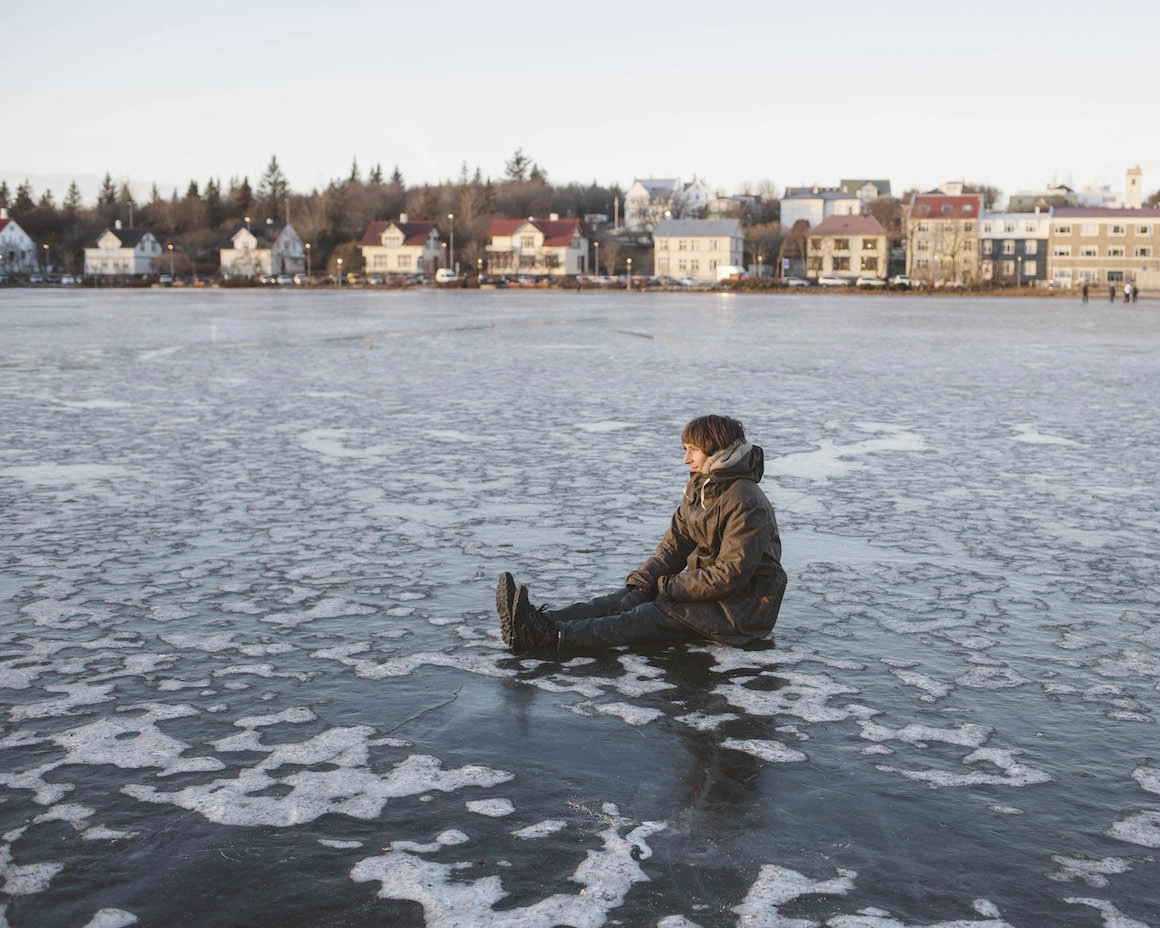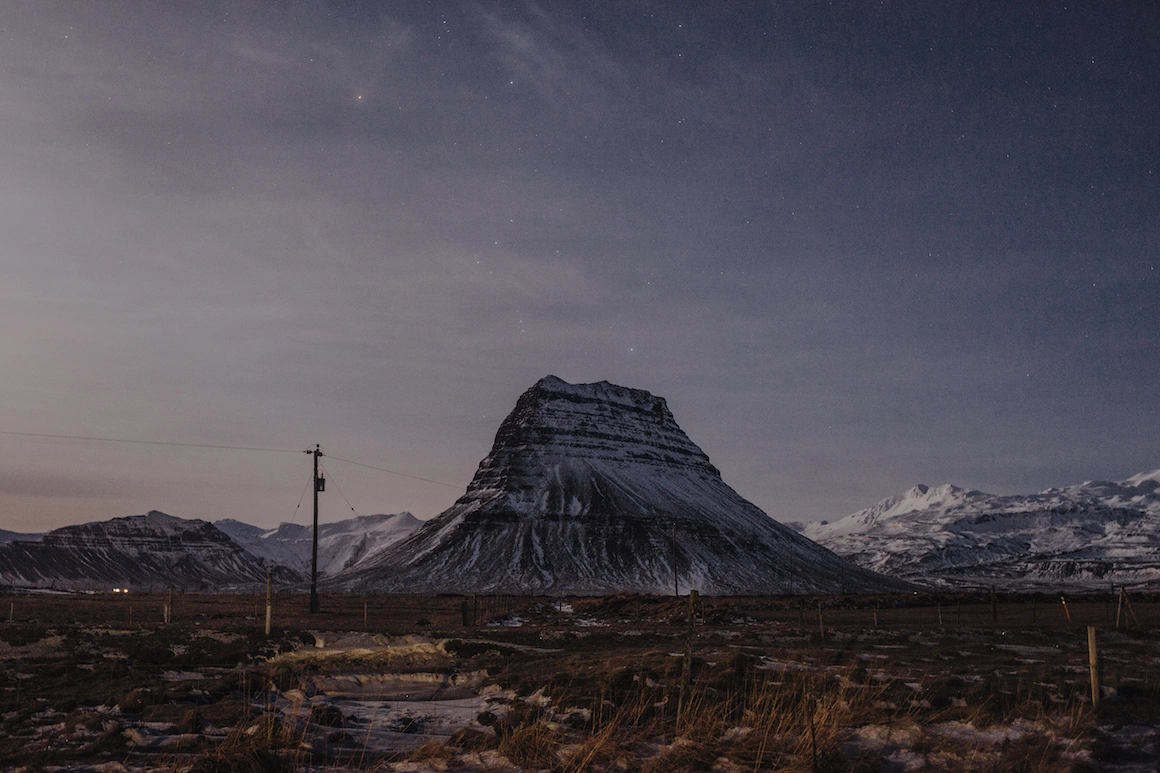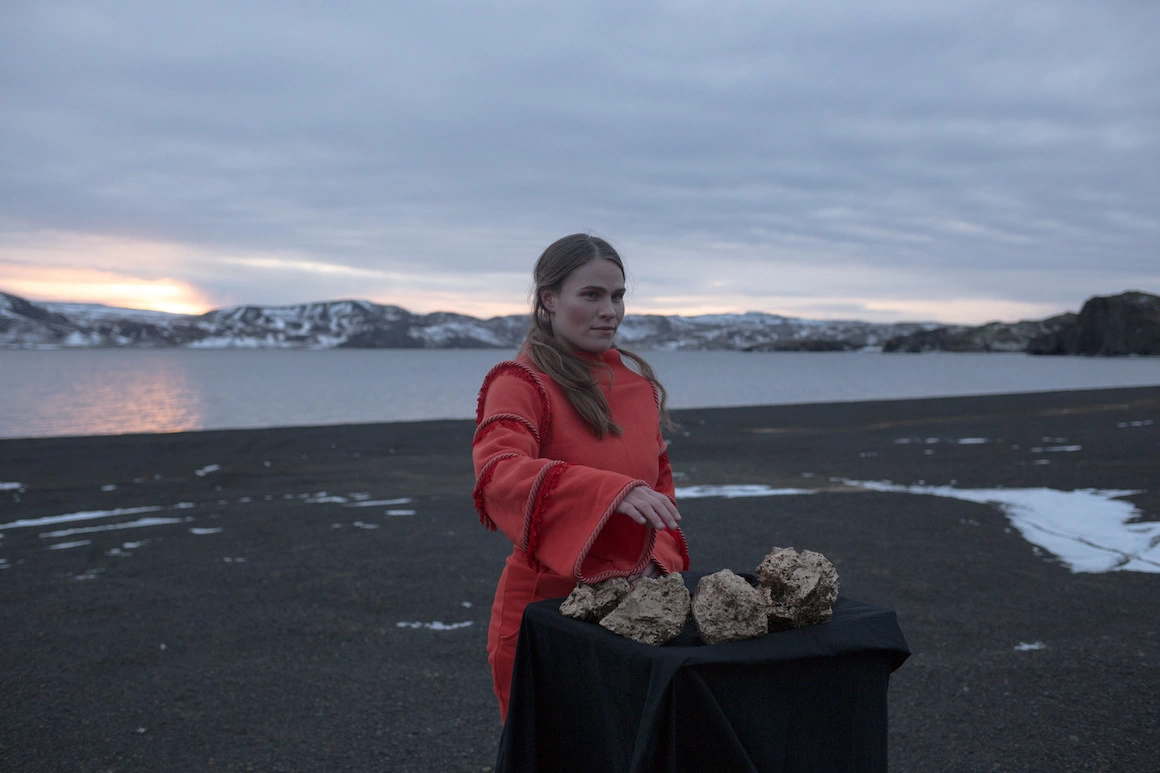I talked about feminism with all the ladies in the most natural way because, in Iceland, feminism is like music.
To help Iceland out of the economic crisis, Björk and Audur Capital (established by the financial experts Halla Tómasdóttir and Kristin Petursdóttir) created the Björk Fund which supports startups focusing in green energy. Tómasdóttir said that the purpose of the Björk fund is to finance and support businesses with realistic plans for sustainable growth: “Iceland was the first in the world into the crisis, but we could be the first out, and women have a big role to play in that. It goes back to our Viking women. While the men were out there raping and pillaging, the women were running the show at home.
Fast Facts: The Best Party, crisis and light
- Jón Gunnar Kristinsson was the mayor of Reykjavík from 2010 to 2014. The comedic actor, punk rocker (member of the band Nefrennsli), anarchist, and former taxi driver convinced Icelanders that the solution is for politicians to not be politicians but artists who satirize corruption and lies. The Best Party was the humorous response to the financial crisis of 2008 by a group of artists with no political experience whatsoever. Their electoral campaign was full of ironic promises (polar bears in the zoo, free towels at public pools, no drugs in parliament until 2020). Their introduction video features them singing “Simply the Best” with the lines, “We are the best, the bestest of parties, best for Reykjavík, best city of every week.” Six months later, Jón was elected mayor.
- In 2016, Prime Minister Sigmundur David resigned after information about his offshore account was published in the Panama Papers. In June 2017, the father of the Prime Minister-to-be, Bjarni Benediktsson, wrote a letter in support of Hjalti Sigurjon Hauksson, convicted in 2004 of sexually abusing his step-daughter for 12 years.
- Iceland is the only country that convicted bankers following the financial crisis of 2008: 29 bankers received sentences of up to 5 years in prison.
- On 21 December, the shortest day of the year, the sun rises at 11:30 and sets at 3:30. They have midnight sun from May to August. Around the summer solstice, Reykjavík has 21 hours of sun, and slightly to the west, the sun shines for 24 hours.
- Piece by piece, Icelanders have dismantled common fears. This year, a law came into force requiring public and private companies to pay their employees equally, regardless of gender, ethnicity or nationality. Iceland is one of the first democracies in the world. Their parliament was created in the year 930. In 1980, they had the first democratically elected female president in the world, Vigdís Finnbogadóttir: a single mother, former teacher and director of the Reykjavík Theatre Company. She was president of Iceland for 16 years. In 2009, Jóhanna Sigurðardóttir became the first gay woman in the world elected to the head of government. Since 30 November 2017, the prime minister has been Katrín Jakobsdóttir, 41, feminist, pacifist, environmental activist.
“Feminism doesn’t surprise anyone in Iceland, it’s self-evident that we are equal,” Bára Gísladóttir tells me, a composer and double bassist. When we met, I was expecting a giant to show up. But Bára is petite with light blue eyes, and she hauls her massive double bass through the hall of the Harpa. She tells me she has a terrible cold and she fractured a rib coughing. She started studying violin at 5 years old, and afterwards discovered her favorite instrument: the double bass. In 2015, Bára released her debut album, Different Rooftops, and, in 2016, released B R I M S L Ó Ð, an electronic composition for the double bass in 3 movements, each representing a different ocean layer. B R I M S L Ó Ð is dark, cagey, epic. She composes with textures, colors, volume and movement in mind. When she moved to Denmark, she realized that feminism is a taboo subject in many circles, a word many people—including some women—avoid. She can’t reason with this fear: for her, feminism is a part of the natural order, common sense. “Of course, we still have a long way to go here [in Iceland], too, but the situation is much better than in other countries I’ve lived in or traveled to. Here, women aren’t afraid, and that’s also felt in the music we make.”
Piece by piece, Icelanders have dismantled common fears. This year, a law came into force requiring public and private companies to pay their employees equally, regardless of gender, ethnicity or nationality. Iceland is one of the first democracies in the world. Their parliament was created in the year 930. In 1980, they had the first democratically elected female president in the world, Vigdís Finnbogadóttir: a single mother, former teacher and director of the Reykjavík Theatre Company. She was president of Iceland for 16 years. In 2009, Jóhanna Sigurðardóttir became the first gay woman in the world elected to the head of government. Since 30 November 2017, the prime minister has been Katrín Jakobsdóttir, 41, feminist, pacifist, environmental activist.


